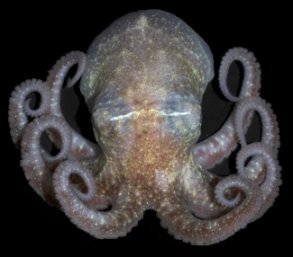Last Thursday, Friday, and Saturday, I spoke at the 2012 Southeast Homeschool Convention in Greenville, South Carolina. It was the first of the Great Homeschool Conventions, and I enjoyed myself immensely. I got to “catch up” with several of my colleagues who also work with home-educating families, but most importantly, I got to speak with homeschooling students and parents. The very first time I spoke at a homeschooling convention, I noticed a distinct difference between homeschooled students and their publicly- and privately-schooled peers. While most publicly- and privately-schooled students actively avoid interaction with adults (especially adults who are teachers), most homeschooled students actively seek out such interaction.
I will never forget an experience at that first homeschooling convention. I was sitting in my booth, and a teen came up to me and said, “You’re a scientist, right?” I told him, “Yes. I am a nuclear chemist.” His eyes brightened up, and he said, “Great! I need to ask you something.” He then sat down and asked me a very detailed question about the nature of light. While he had some misconceptions about the subject (don’t we all?), I was pretty impressed with his knowledge. More importantly, however, I was impressed with how he sought me out and was perfectly comfortable discussing science with me for what ended up being well over half an hour. In addition, he was very careful to avoid monopolizing my time. If someone else came to my booth, he would indicate to me that I should pay attention to this new person, and he would wait until I was free again.
Since then, I have come to expect such interactions at homeschooling conventions. This one was no exception. I ended up having a long talk with a teen who really wanted to understand how gravity can affect the passage of time. He had read about the strong evidence indicating that time passes more slowly in the presence of strong gravitational fields and more quickly in the presence of weak gravitational fields, but he wanted to understand why it actually happens. Of course, without the appropriate mathematics, it is rather hard to understand, but I explained it to him as best I could. He seemed to get it in the end, and he was very appreciative of my time.
I talked with homeschooling parents as well. One set of parents came by my booth and told me that their daughter was pursuing a PhD in biology. They said she credits my books with sparking her interest in science and preparing her to excel at university. Obviously, that made my day! I asked them what her PhD thesis would be about, and as near as I can tell, she is working on the phenomenon of horizontal gene transfer between organisms from different biological kingdoms. It sounds like fascinating work, and if my experience with homeschool graduates is any indication, she will probably be incredibly successful at it.
Continue reading “The 2012 Southeast Homeschool Convention”





